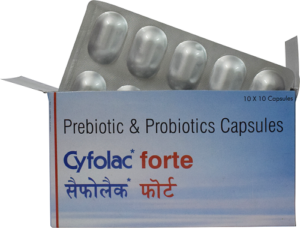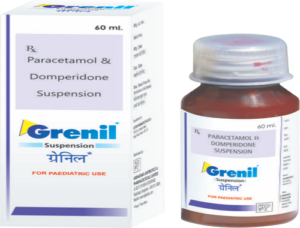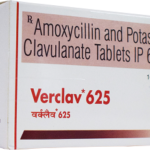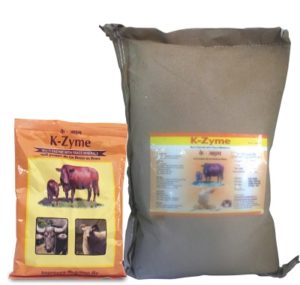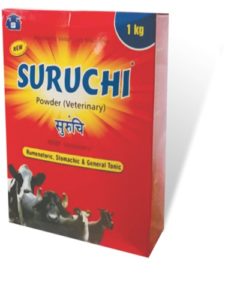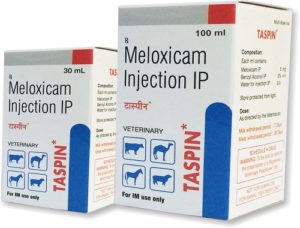A high profile once a day criticare injectable antibiotic
D E S C R I P T I O N / M O D E O F A C T I O N
Ceftriaxone is a 3rd generation Cephalosporin with broad spectrum antimicrobial activity. Ceftriaxone cannot be given orally. Usually given intravenously or intramuscularly. It covers most of the gram positive and gram negative organisms. It is highly resistant to betalactamases, including penicillinase and cephalosporinases produced by gram negative and gram positive organisms. Ceftriaxone has 24 hours anti-microbial action by inhibiting cell wall synthesis by breaking down peptidoglycon ring. Plasma concentration achieved by Ceftriaxone is more than MIC required. MIC is less than 8 mcg / ml for most organisms. Peak plasma concentrations are reached within 30 minutes. Ceftriaxone is widely distributed in various tissues and body fluids. High levels are detected in respiratory tract, bone and joints, urinary tract, skin and abdominal organs. It readily enters CSF especially across inflamed meninges. Cetriax also penetrates into vitreous humour. Ceftriaxone crosses the placenta and is excreted in breast milk. Ceftriaxone is not metabolised in the body and has dual excretion by kidneys and rest is secreted into the bile and excreted in the feaces. Plasma protein binding averages between 85 – 95%. Elimination half life is 5.8 – 8.7 hours. Ceftriaxone has the longest half-life among Cephalosporins.
Sulbactum – semisynthetic beta lactumase inhibitor, highly active against class II to IV beta lactamase. It has been combined with extended spectrum penicillins & cephalosporins for use against beta lactumase producing resistant strains.
C O M P O S I T I O N
| Products | Molecule | Molecule |
|---|---|---|
| Each vial of Cetriax – S contains : | Sterile Ceftriaxone Sodium 1gm | Sulbactam Sodium 500mg |
I N D I C AT I O N S
| Bacterial meningitis, | Bacterial septicemia, |
| Surgical prophylaxis, | Sexually transmitted diseases, |
| Respiratory tract infections, | Urinary tract infections, |
| Serious skin and soft tissue infections, | Pelvic inflammatory diseases, |
| Infective endocarditis | Osteomyelitis. |
D O S A G E
Adults : The usual dose is 1 to 2 gm given once a day or in 2 eqully divided doses twice a day depending on the type and severity of infection. The total daily dose should not exceed 4 gm.
S I D E E F F E C T S
Cetriax is generally well tolerated. Rarely it can produce local reactions, like pain, induration and phlebitis, hypersensitivity reactions like rash, pruritus and fever, eversible biliary pseudolithiasis, super infection with candida, pseudomembranous colitis and vaginitis, Haematological abnormalities like eosinophilia, thrombocytosis, leucopenia and neutropenia. Cetriax should not be given to patients who are allergic to penicillins or cephalosporins. In patients with both hepatic and renal dysfunction the dose of Cetriax should not exceed 2 gms/day. In patients with impaired Vitamin K synthesis eg. Malnutrition, chronic liver disease etc., prothrombin time (PT) should be checked. Cetriax has to be given in pregnancy and nursing mothers only if it is very essential. Cetriax should not be given if there is hyperbilirubinaemia.
P R E S E N TAT I O N & PACK
Cetriax-S 1.5 gm – Vials containing Ceftriaxone Sodium 1 gm and sulbactum 0.5 GM in individual carton.


























